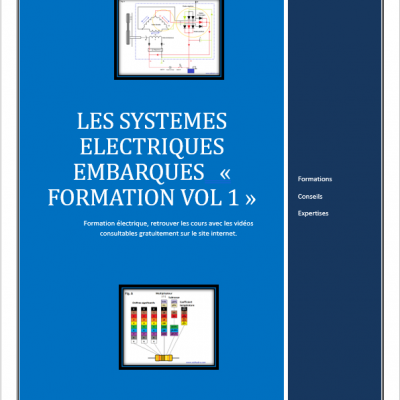Add a comment
Hydraulic and electrical training
On site in business and/or videoconference
We move with a simulation bench.
The training sessions alternate theory and practice.
The simulation bench makes it possible to reproduce industrial and mobile assemblies
For any questions CONTACT US





















